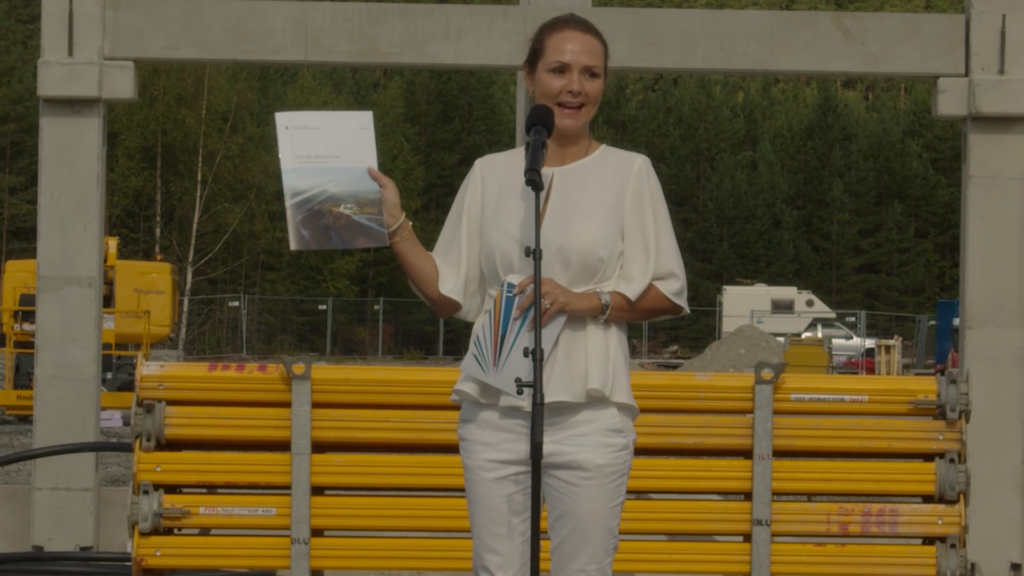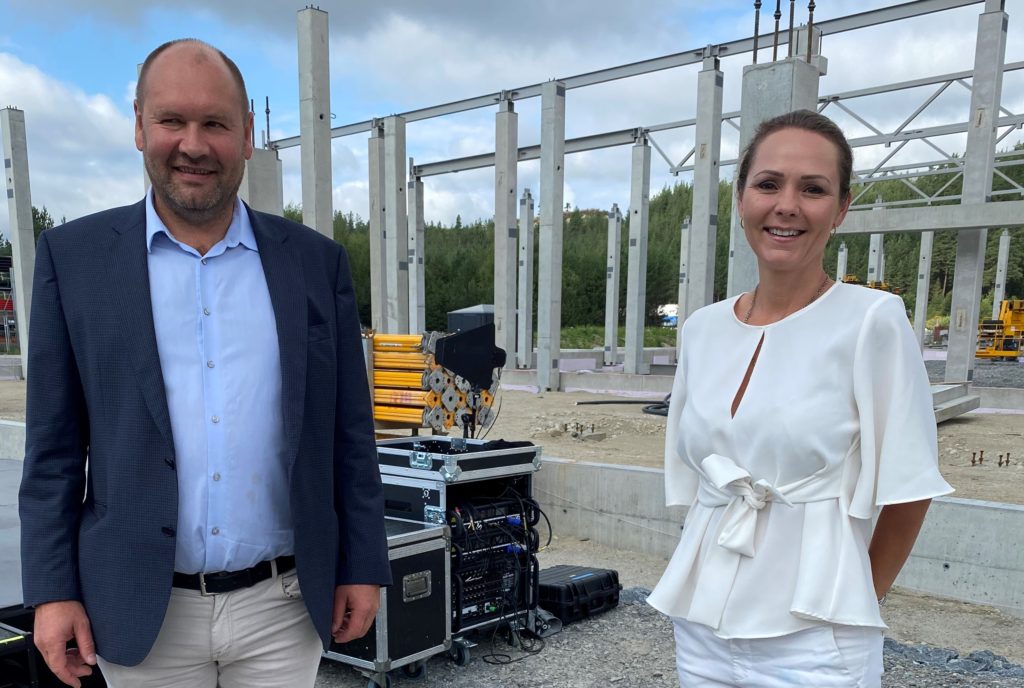The Norwegian Data Center Strategy explained
By Tor Kristian Gyland, Green Mountain CEO
In august this year, the Norwegian Government launched an updated version of their data center strategy from 2018. It is a 47-page document signed by 5 different ministers, indicating the strong ambitions behind it. But what does it actually say? And why should you care? Here is my attempt to summarize the most important elements – and why they matter for the different stakeholders.
Firstly, let us rewind back to 2018 and the first data center strategy. The most important measures in this strategy were to:
- Remove property tax from production equipment and production installations in industrial property classified as works and installations.
- Facilitate installation of fiber optic cables to other countries.
- Establish a pilot alternative core network scheme.
- Introduce new rules for cable installation on public road property.
- Strengthen Innovation Norway’s Invest in Norway function.
- Prepare guidance for planning and licensing issues.
- Ensure that relevant information on establishing an industrial enterprise is easily available and translated into English.
- Create a timeline with an overview of permits required to establish an industrial enterprise in Norway.
- Carry out a mapping of the data center industry in Norway.
In my view, the government did an excellent job in implementing these measures. As a result, Green Mountain has five times the capacity and four times the number of employees thanks to this data center strategy.

The updated data center strategy
So, what now? In the updated strategy the government has prioritized the following measures:
- Strengthen the promotion of Norway as a data center nation. Through channels such as Invest in Norway which works to facilitate investment in data-driven value creation and data centers in Norway.
- Make it easier to establish data centers in Norway by publishing a guide in English for foreign actors.
- Facilitate sustainable development of the data center industry in Norway. Among other things, by requiring data centers to investigate how the surplus heat (waste heat) can be used.
- Create a heat map in order to ensure better resource utilization of waste heat from data centers. The map and the data will make it easier to use surplus heat for other purposes.
- Investigate how processes related to the development and licensing of connections to the transmission grid can be streamlined. The Government has appointed a public committee to consider this, among other things.
- Facilitate cooperation agreements between companies in the data center industry and educational institutions.
You can watch the event recording here. The Minister of Regional Development and Digitalisation presented the updated data center stratgey. (In Norwegian)
What does it mean to Green Mountain?
As the CEO of Green Mountain, measure number 5 and 3 are the most important to me. Certainly, we have ambitious growth plans and in order to succeed we need power to be available at the locations we want to build. Simplifying the process of transmission grid connections would greatly support our growth. In addition, I am happy that the government is pushing the sustainability agenda in the industry. We need to be best in class, not only when it comes to renewable energy use, but also energy efficiency. By reusing the residual heat from our data centers, we are on the path of becoming carbon negative.
We need to be best in class, not only when it comes to renewable energy use, but also energy efficiency.
The importance of the strategy
You may think, this sounds good for Green Mountain, but why should I care? Well, that depends on who you are and what role you have. Firstly, this stratgey is beneficial for the data center industry and connected eco-system. Moreover, it is important for existing and potential data center customers. And finally, it is important for the Norwegian society and maybe also for you as an individual. Let me explain by listing the most important benefits for each of these groups:
Data Center Industry:
- Securing stable and beneficial framework conditions for the industry to grow and compete internationally.
- Strengthening the marketing of Norway as a host for data centers.
- Facilitating innovative sustainable solutions.
- Creating an ideal business environment for both domestic and international actors.
The Norwegian Society:
- Strengthening the DC industry in Norway is a contribution to the Green Shift.
- Growth in the industry will create new jobs and development in regional districts.
- Data centers are the backbone of our modern digital society. The DC industry is securing the digital infrastructure for mission critical processes in our society. (Banks, schools, health institutions etc.)
- The industry is attracting foreign investments, contributing to the population’s welfare.
- Establishing new educations for the future workforce.
Existing and potential clients:
- The strategy further strengthens our already strong value proposition. Enabling clients to both obtain an excellent service as well as reaching ESG targets.
- The support and facilitation of both local and national authorities creates trust.
The individual:
- You use a data center every day. When working, studying, streaming, gaming, shopping and so forth. Securing the data center infrastructure is vital to you as an individual as well.
- And who knows, maybe your next job is in a data center or the surrounding business eco-system? The ripple effects are many.

To sum up, I feel very fortunate to be a part of this incredible development we now see in the data center industry in Norway. The backing from the government, the cooperation within the industry and of course the effort of everyone who works in these data centers. I am confident that we will succeed with our ambitious plans.
I feel very fortunate to be a part of this incredible development we now see in the data center industry in Norway.
Supporting material:
The Norwegian Data Center Strategy 2021 (In Norwegian)
How to establish a data center in Norway
Heat Map
Invest in Norway
Ripple Effect Report (In Norwegian)
